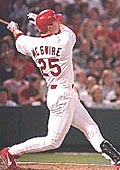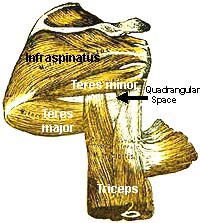Home, Search, Index, Links, Pathology, Molecules, Syndromes,
Muscle, NMJ, Nerve, Spinal, Ataxia, Antibody & Biopsy, Patient Info
|
Home, Search, Index, Links, Pathology, Molecules, Syndromes, Muscle, NMJ, Nerve, Spinal, Ataxia, Antibody & Biopsy, Patient Info |
|
Sports/Occupation Abattoir Backpacking Baseball Bicycle Bodybuilding Bowling Cold exposure Dance Football Mountain climbing Musicians Running Surfing Volleyball |
Occupations Abattoir: Immune Batteries: Lead Cabinet maker: Hexacarbon Copper smelting: Arsenic Demolition: Lead Dentist: Nitrous oxide Dry cleaner: Trichloroethylene Epoxy resin: Allyl chloride Farmers: Organophosphates Glass & Ceramics: Tellurium Mining: Arsenic Military: Rhabdomyolysis Painter: Hexacarbon Plastic industry: Acrylamide Rayon industry: Carbon disulfide Rubber industry: Trichloroethylene Tool use: Vibration syndrome |

|
|
|
SUPRASCAPULAR NEUROPATHY
|
|
||||||
AXILLARY NERVE
|
|
Quadrilateral (Quadrangular) Space Syndrome
|

|